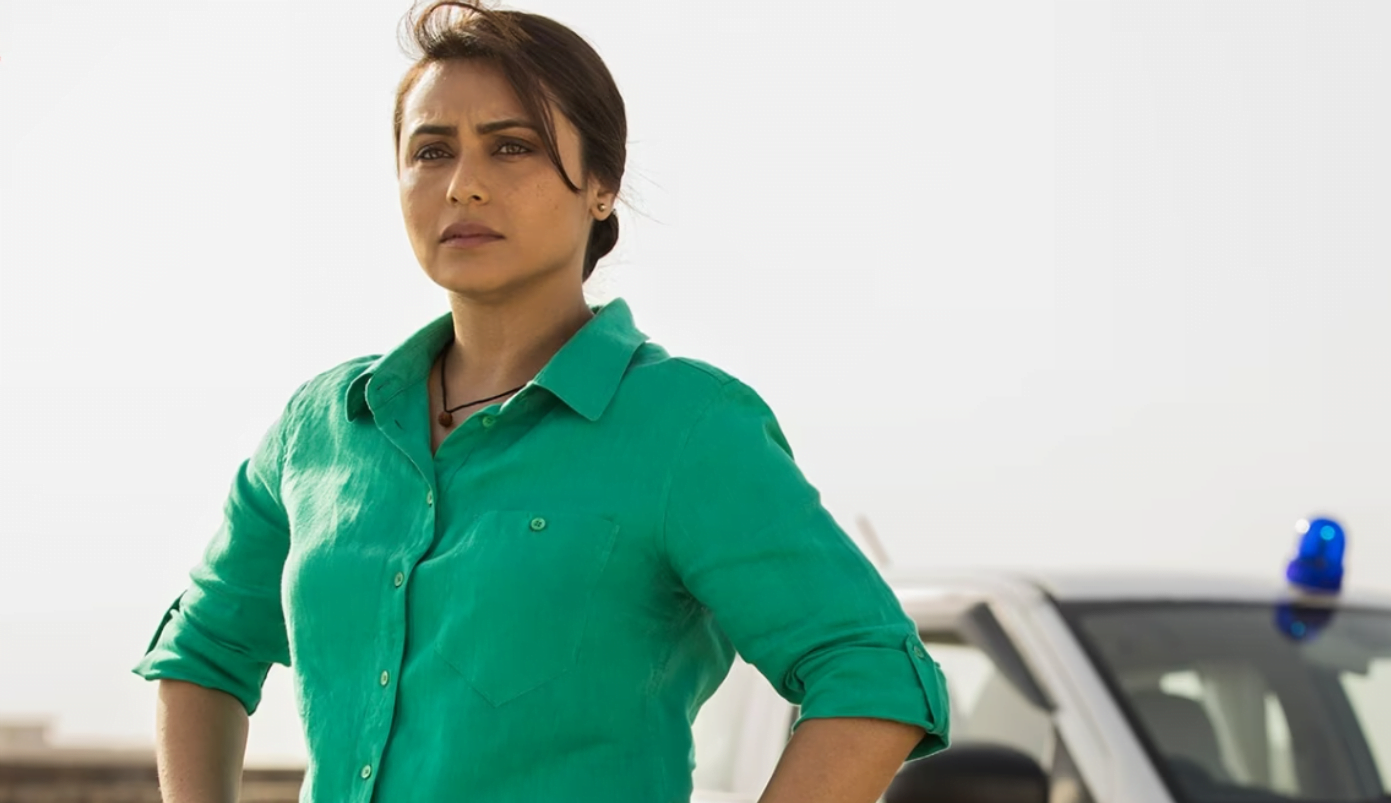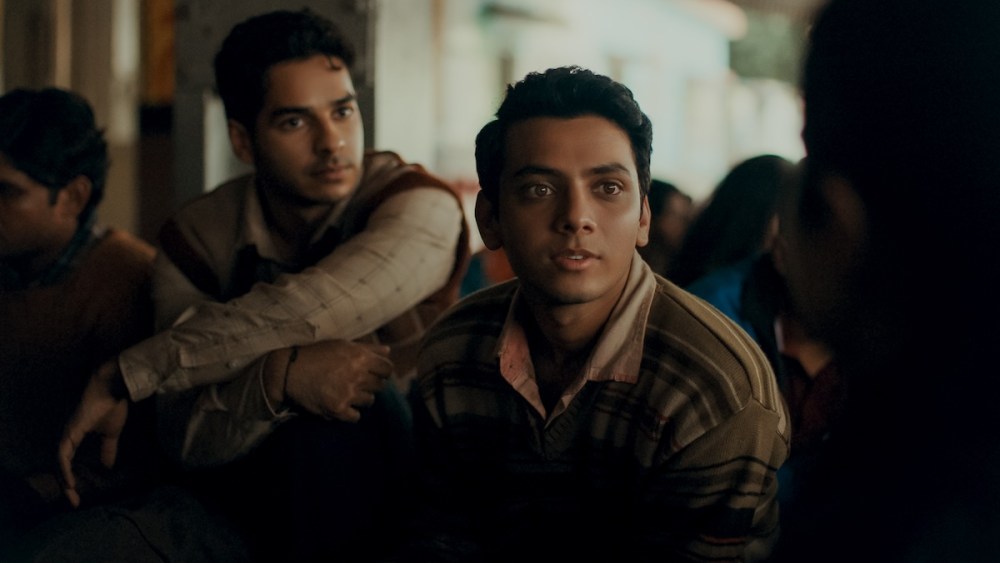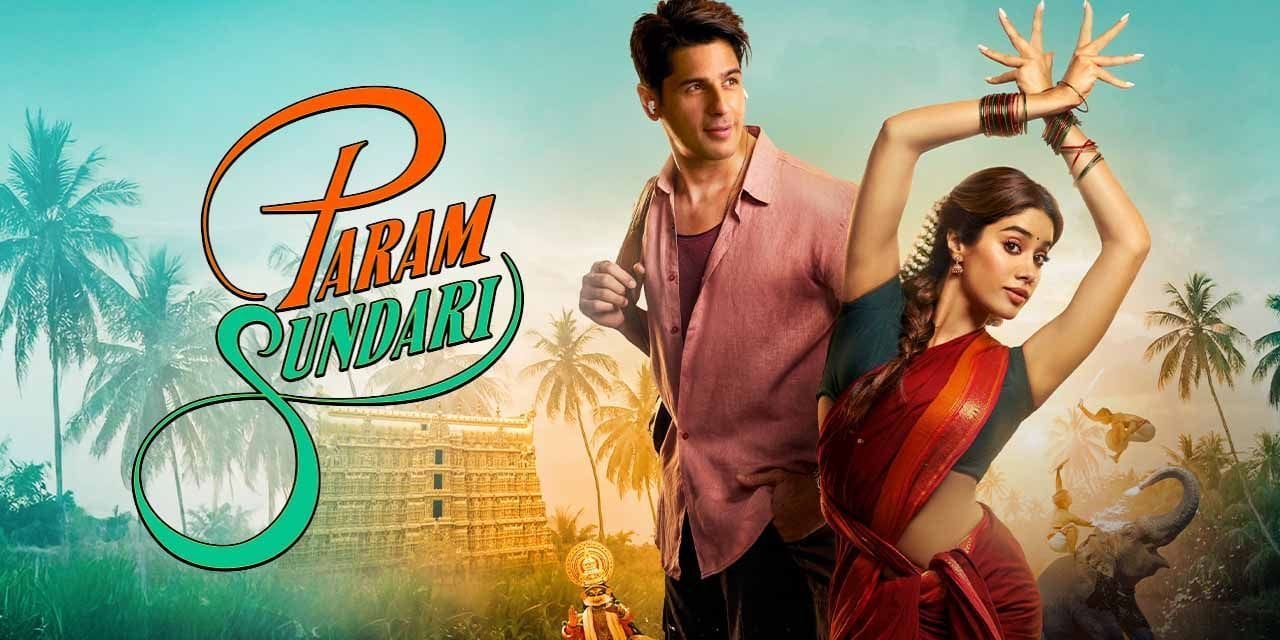The trope of the “Boss Lady” has been represented for a long time in mainstream cinema, both in Bollywood films and Hollywood films. These women negotiate the cutthroat world of business, frequently running against prejudice and sexism. Despite their admirable aspirations and achievements, their representations usually veer toward clichés.
Bollywood has a specific approach to depicting the “Boss Lady” character in films, emphasising female independence, aggressiveness, and achievement in a male-dominated society.
Bollywood’s formulaic image of the boss lady aka working woman
The “Boss Lady” usually makes a dramatic entrance. In “Mardaani,” we meet Shivani Shivaji Roy (Rani Mukerji) amid a high-stakes operation, which demonstrates her bravery and fast thinking. In “Fashion,” Meghna Mathur (Priyanka Chopra) is presented to win the glamorous but competitive fashion world, establishing her aim right away. These characters are shown as extremely competent and committed to their vocations. Shivani is depicted managing difficult investigations with composure and skill, commanding the respect of her colleagues while instilling dread in criminals.
Similarly, Meghna’s ascension in the fashion business is exemplified by her hard work, talent, and determination, which earned her a top rank among models. To demonstrate their dedication, Bollywood frequently depicts these ladies making personal sacrifices. Shivani juggles her hard profession and family commitments, frequently putting her life in danger. Meghna, on the other hand, experiences psychological pain and moral quandaries as she climbs the success ladder, emphasising the cost of ambition.
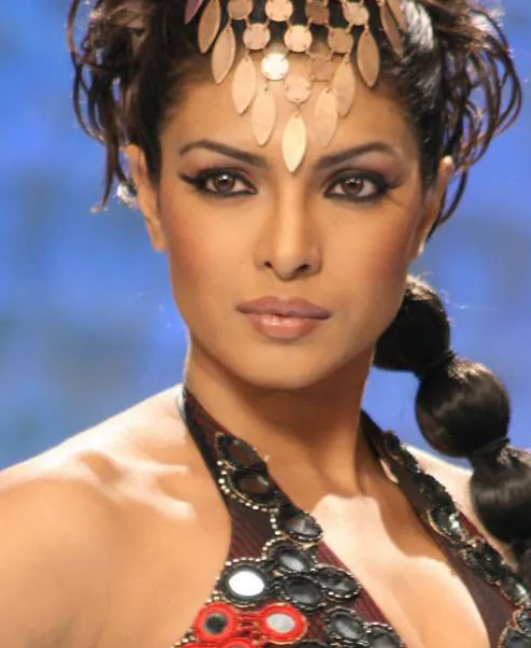
The “Boss Lady” confronts major hurdles, frequently from powerful antagonists. Shivani confronts a brutal human trafficking Meghna confronts the evil side of the industry, such as exploitation and treachery, demonstrating her tenacity and will to achieve despite the obstacles.
Bollywood films frequently illustrate substantial character growth, such as Shivani’s transformation from a dedicated cop to a merciless aggressor and Meghna’s fall from grace and redemption. These films frequently finish with triumphant scenes, such as Shivani breaking a trafficking network in “Mardaani” and Meghna returning to her job in “Fashion.”
Shivani’s journey in “Mardaani” highlights her ongoing struggle against crime, whereas Meghna’s journey in “Fashion” emphasises the necessity of personal integrity and dedication to reaching success. With the help of these components, Bollywood depicts the “Boss Lady” as a not-so-complicated character who balances personal sacrifice with professional ambition, embodying strength, resiliency, and empowerment.
Times when Bollywood choose not to stigmatise women as conformist characters
The “Boss Lady” is considered more than just a sophisticated character whose stories mostly centre on issues related to urban living. It is acknowledged that women’s characters can be portrayed in a variety of ways, but they cannot necessarily occupy a specific space. In recent years, incredible “Boss Lady” characters from the countryside have had a profound impact. For instance, characters from “Laapataa Ladies,” such as ‘Jaya,’ or ‘Manju Mai,’ use straightforward narrative strategies to urge action.
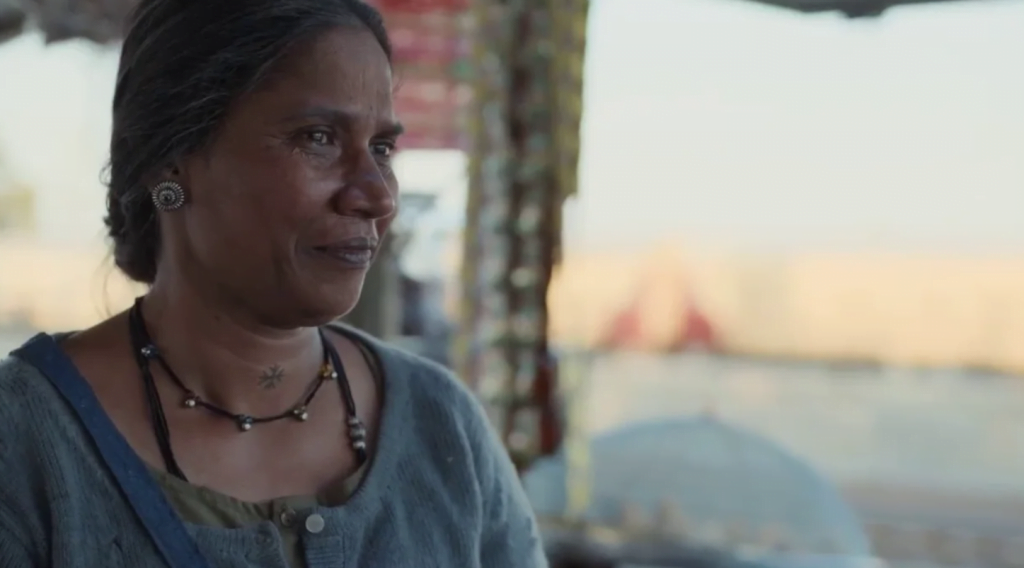
“Laapataa Ladies” demonstrates that women can break free from harmful stereotypes by speaking out about their issues in a forthright manner. With a little encouragement and consistency, they can deal with issues. Moreover, what Bollywood traditionally portrays as a boss lady is not the main focus of these characters, but they do demonstrate depth and discovery within themselves to fight their struggles as individuals.
Not only that series like Panchayat also have exciting notions, whereas ‘Manju Devi,’ the series’ actual ‘Pradhan,’ has been sidelined by her husband, as it is the common factor in most political spheres, regardless of geographical areas. As viewers, we must comprehend that women’s characters go beyond labels like “boss lady.” This typical portrayal of working women characters has caused a lot of havoc in our so-called civilised society as a result of this inaccurate depiction of domineering individuals.
In a nutshell, Bollywood generally failed to do justice to Ice queens. For instance, they often take characters in literal ways. A character from a small town is ambitious but not too rebellious to break traditional norms because the prevailing cultural expectations and societal pressures dictate that women adhere to traditional roles. This limitation stifles the potential for these characters to truly challenge and transcend the norms, thereby reducing the complexity and authenticity of their portrayals.
It is time for all writers and storytellers to come up with more and more characters who are not just a character wrapped in a bodycon suit, living an urban lifestyle. They may have restrictions, but they also have a decent mix of socio-political scenarios to let the spectator understand where their drive comes from.
About the author(s)
Sumaiya Sayeed is an adaptable independent writer and translator (subtitler) who has a love for creating engaging content for a range of markets. Sumaiya is a freelance writer with a background in Communicative English. She specialises in producing captivating blog posts, articles, and content that draws readers in. she is capable of producing excellent work on schedule. When she's not pounding away at a keyboard, she likes to try out new hobbies to keep her skills sharp. Her hobbies include attending film festivals and film screening, writing screenplays, reading and street photography.
